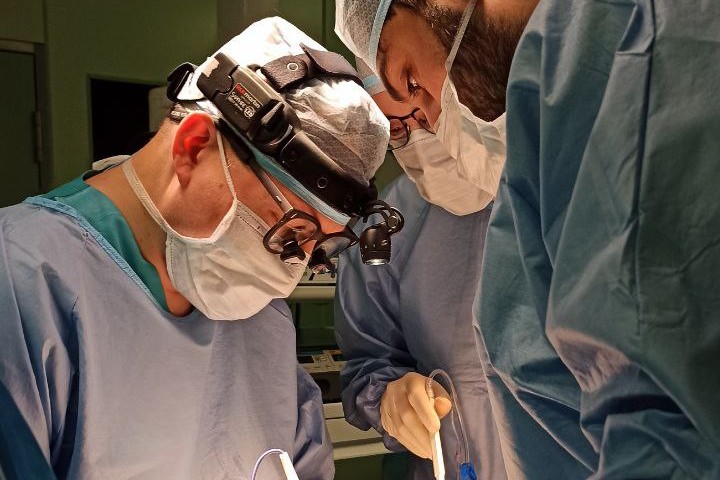
Cardiac surgeons successfully performed a minimally invasive surgery on a 37-year-old patient with multiple myocardial bridges of the coronary arteries. This is the first experience in Russia of supracoronary myotomy through a minimally invasive access in the intercostal space with an incision measuring 6 cm.
Myocardial bridging is a heart defect in which one or more of the coronary arteries goes through the heart muscle. The disease was diagnosed in the man more than 2 years ago with the onset of typical symptoms. Stress echocardiography showed areas of impaired blood supply to the heart and coronary angiography revealed a subocclusion of the anterior interventricular artery.
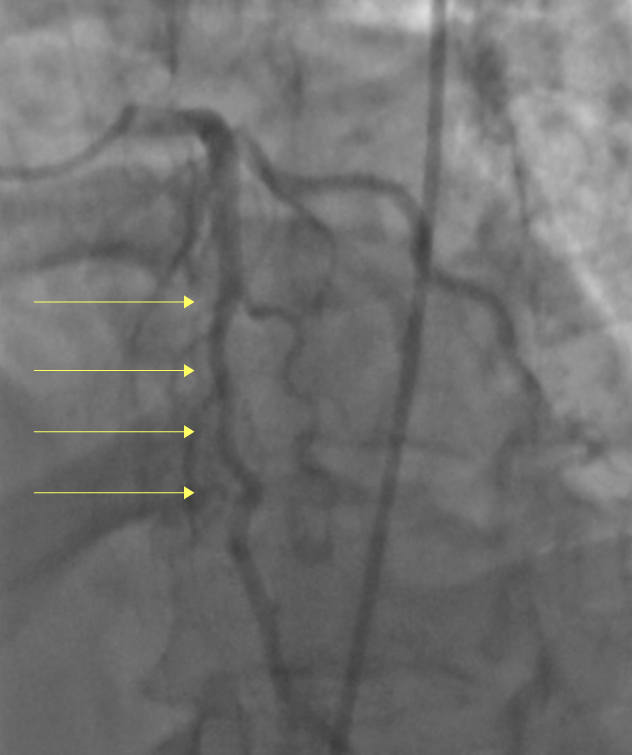 Diastole-1 |
 Diastole-2 |
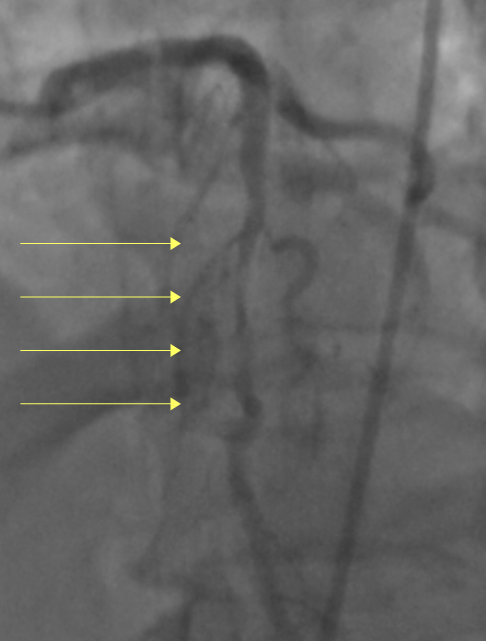 Systole-1 |
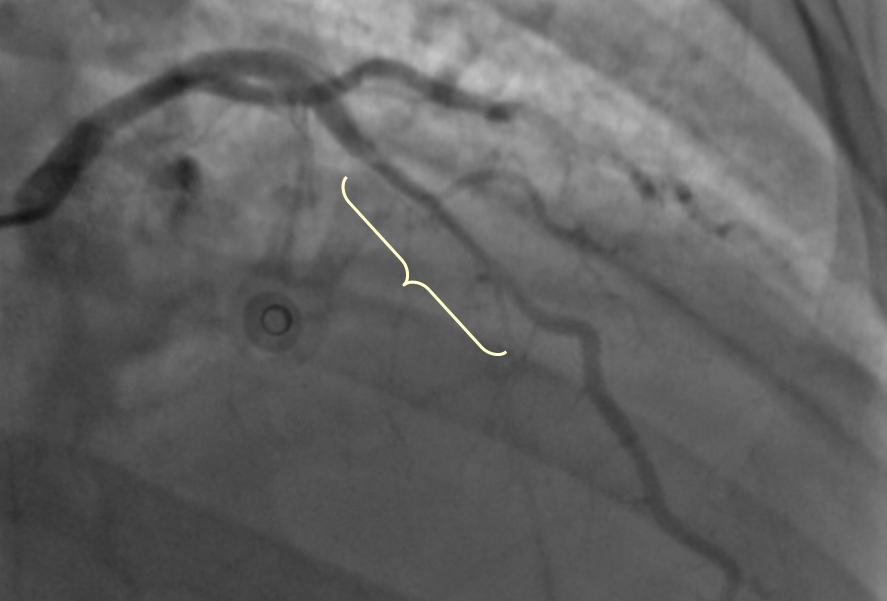 Systole-2 |
Radical surgery in this case is associated with the risk of damage to both the coronary artery and the free wall of the right ventricle. It should be noted that despite the severe chest pain, the patient was refused surgical treatment in several clinics, fearing risk of intraoperative complications. The patient was recommended to take drugs but the selected therapy did not relieve his pain, which significantly reduced the quality of life.
Considering the unsatisfactory effect of medical therapy, the patient consulted the doctors at Almazov Centre. It should be noted that each year cardiac surgery departments of the Centre perform more than twenty surgical procedures in patients with myocardial bridges of the coronary arteries.
The cardiac surgeons of Almazov Centre performed the surgery. Access to the heart was performed through the IV intercostal space while not disrupting the integrity of the sternum (left anterolateral minithoracotomy), which greatly reduced the postoperative rehabilitation period. The surgery was performed using most advanced medical equipment and was possible not only due to the extensive clinical experience of cardiac surgeons at the Centre but also due to the research done by cardiac surgeon Imran Ismail-zade on this condition.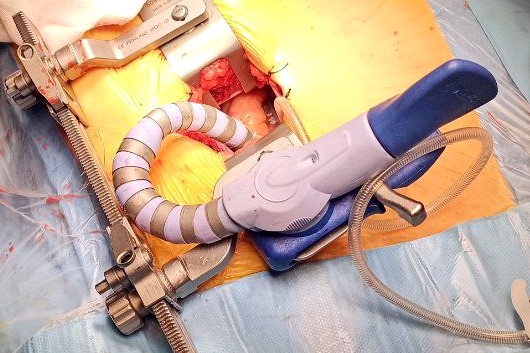
After full recovery, the patient was discharged home for further follow-up at his place of residence.
